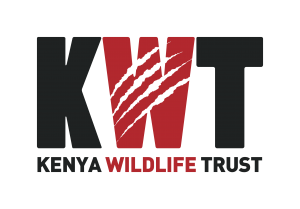About African Lions
During the last century, Africa’s large carnivores have undergone massive declines, largely due to human activity. Lions are no exception – compared with their historic range, lions (Panthera leo) have lost 75%. In 1980 there may have been as many as 75,000 lions, while today it is likely that there are only between 20,000 and 30,000 free roaming lions. East Africa is home to around 60% of Africa’s lions, but some studies suggest that this population may decline by as much as 50% over the next two decades. Historically, European colonists contributed to these declines, while nowadays, growing human populations out-compete carnivores for space and resources. By the end of the 21st century, Africa’s human population may increase threefold, to around 5.7 billion, which will cause further declines unless effective conservation programmes are implemented.
Quick facts about African Lions
SCIENTIFIC NAME
Panthera Leo
HABITAT
open plains, semi-closed habitat & woodlands
LIFE SPAN
10 – 15 years in the wild
ADULT AVERAGE WEIGHT
127kgs – 190kgs





